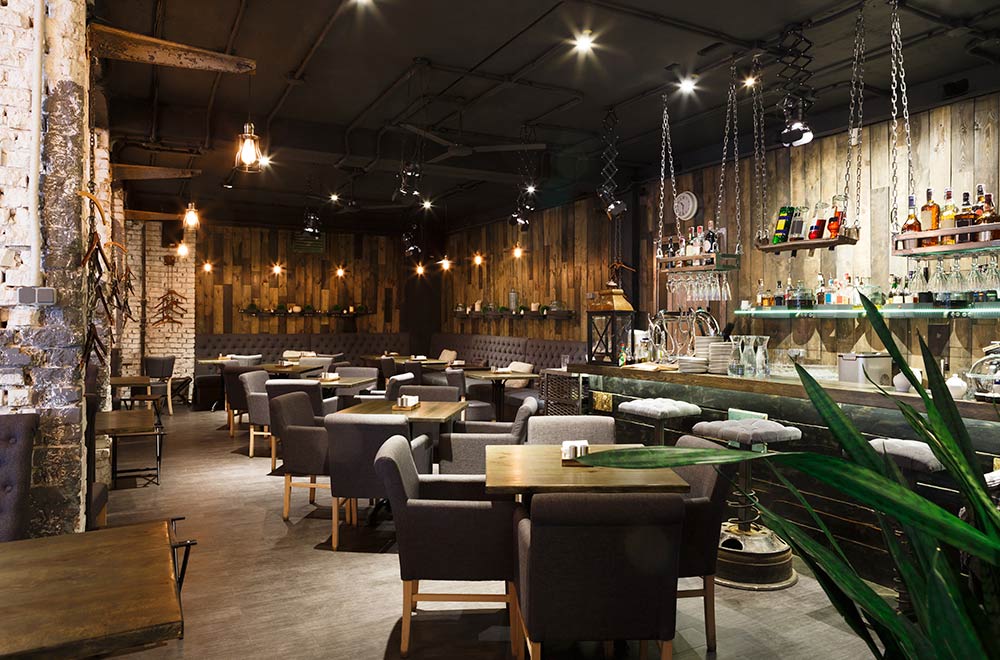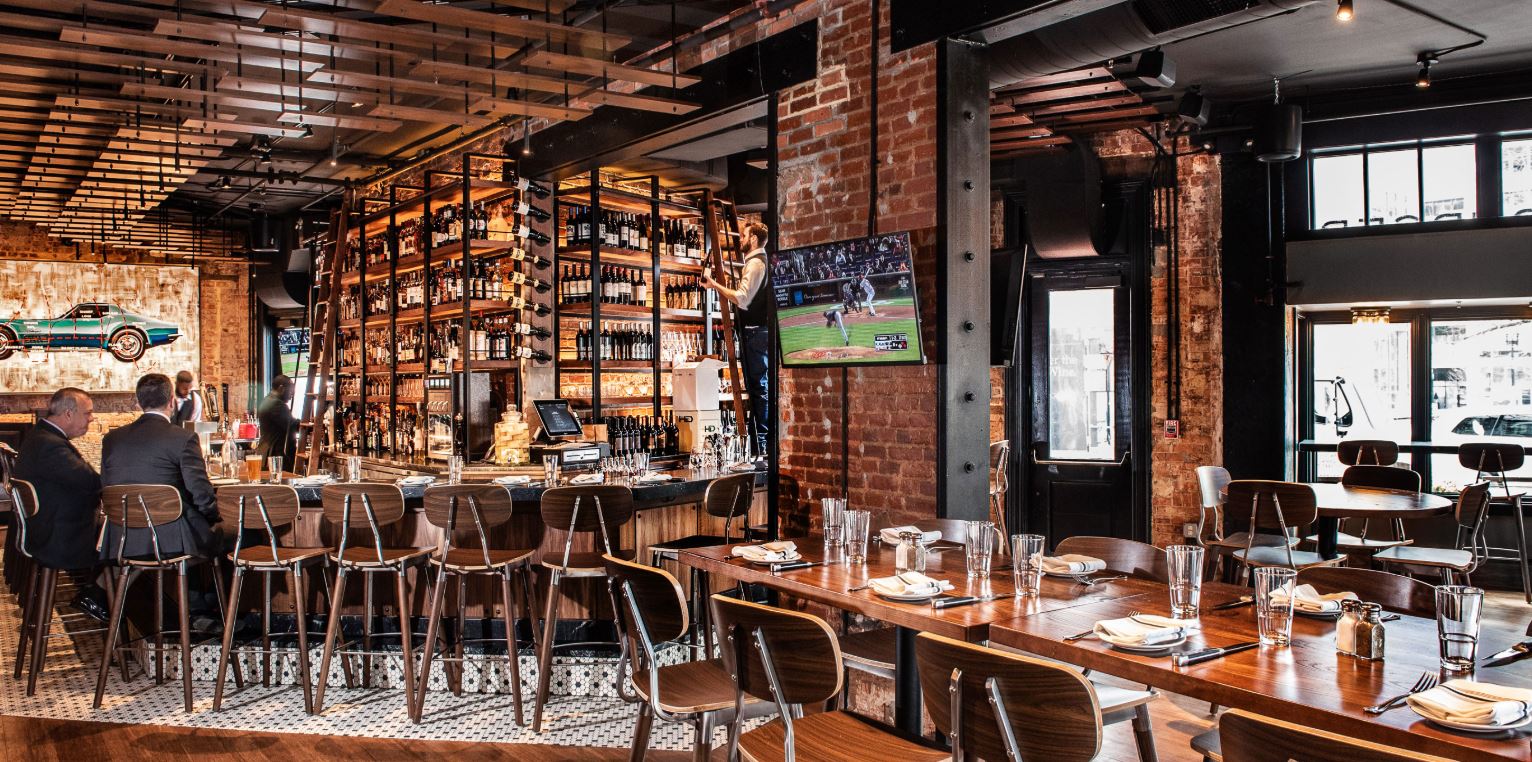Asian Restaurant ISB: A Must-Try Area for Food Lovers in Islamabad
Asian Restaurant ISB: A Must-Try Area for Food Lovers in Islamabad
Blog Article
Savor Authentic Asian Cuisine With a Pan-Asian Spin for a Cooking Adventure
Beginning on a culinary trip through genuine Eastern food, boosted with a Pan-Asian twist, provides an unique possibility to discover the rich tapestry of tastes that specify the region's diverse cooking customs. As you consider these attracting meals, take into consideration the cultural stories and historic impacts that shape them, each bite providing a story waiting to be uncovered. asian fusion restaurant.

Discovering Pan-Asian Flavors
In the realm of global gastronomy, Pan-Asian cuisine attracts attention for its amazing variety and the unified interplay of flavors from numerous Oriental societies. This culinary strategy commemorates the rich customs and distinct ingredients located across the continent, creating a tapestry of preferences that is both rewarding and fascinating. Secret to Pan-Asian food is its ability to balance different flavors-- wonderful, salted, spicy, and sour-- while highlighting the freshness and top quality of each active ingredient.
From the umami-rich soy sauce of Japan to the intense chili peppers of Thailand, Pan-Asian cuisine uses a comprehensive combination of tastes. These components are frequently incorporated in inventive methods, boosting dishes with layers of complexity. As an example, the usage of fragrant herbs such as lemongrass and cilantro, typical in Vietnamese and Thai food, includes a revitalizing brightness to meals, while the unification of coconut milk delivers a creamy, abundant texture.
The focus on fresh produce and fragrant flavors ensures that each dish is not just a feast for the taste but additionally for the senses. Pan-Asian cuisine welcomes restaurants to embark on a cooking journey, exploring the substantial and varied landscapes of Eastern gastronomy with every bite.
Blend Meals to Attempt
While Pan-Asian food is commemorated for its conventional flavors, the contemporary culinary landscape is increasingly embracing blend recipes that blend these classic components with impacts from other regions. This innovative strategy not only honors the abundant heritage of Eastern culinary arts yet also presents unique preference experiences that appeal to contemporary tastes buds.
A prime example of such a combination recipe is the Korean-Mexican taco, where marinated bulgogi beef is covered in a cozy tortilla, topped with kimchi and a zesty gochujang-infused salsa. This combination weds the strong, tasty flavors of Korea with the vibrant, fresh components of Mexican food. Likewise, sushi burritos have actually gotten popularity, joining together the delicate artistry of Japanese sushi with the hearty, hand-held convenience of a burrito, frequently including combination active ingredients like tempura shrimp and avocado with a drizzle of wasabi mayo.
One more significant dish is Thai curry ramen, which infuses the luscious, aromatic flavors of Thai curry into the soothing broth of standard Japanese ramen, producing a harmonious mix that entices the senses. These blend recipes expand past mere novelty; they stand for a cooking discussion in between cultures, encouraging exploration and innovation on the planet of Pan-Asian cuisine.
Necessary Active Ingredients and Flavors
To really value Pan-Asian food, one should understand the important active ingredients and flavors that develop its structure. This varied culinary style draws from a rich tapestry of Asian traditions, utilizing a harmonious mix of structures and tastes. Secret components include soy sauce, fish sauce, wikipedia reference and oyster sauce, which pass on a full-flavored umami deepness vital to Asian dishes. Corresponding to these are rice vinegar and mirin, lending a delicate acidity and sweetness.
Fragrant elements are critical, with ginger, lemongrass, and garlic being common across numerous Pan-Asian recipes. These ingredients provide a great smelling base that enhances the intricacy of flavors. Seasonings such as star anise, cardamom, and cinnamon present heat and character, echoing impacts from regions like China and India.

Cooking Strategies and Tips
Mastering the art of Pan-Asian food needs experience with its unique food preparation techniques, each adding to the dynamic tapestry of flavors this cooking practice is celebrated for. Central to these methods is the stir-fry, a rapid cooking method that protects the nutritional honesty and dazzling colors of ingredients. Using a frying pan, the stir-fry method allows for also heat distribution, important for achieving the characteristic texture and flavor balance of Pan-Asian recipes.
One more basic technique is steaming, specifically widespread in Chinese cuisine. This mild method maintains the natural flavors and nutrients of active ingredients, making it suitable for seafood and vegetables. Dumplings, a cherished staple, often gain from steaming, resulting in soft, delicious textures.
Grilling, also integral, presents smoky depths to recipes such as Oriental bulgogi or Japanese yakitori (Fine dining experience Islamabad). This technique typically involves marinating active ingredients, enabling tastes to pass through deeply before food preparation over an open fire or warmer
Finally, mastering the art of stabilizing tastes-- wonderful, sour, salty, bitter, and umami-- is important. Properly layering these components can raise a recipe from regular to phenomenal, using a complicated and satisfying culinary experience that personifies the essence of Pan-Asian food.
Dining Experiences Worldwide
Around the world, Pan-Asian cuisine supplies an unparalleled eating experience, commemorated for its rich tapestry of tastes and dynamic discussions. This culinary phenomenon has actually transcended social limits, catching the hearts and tastes of food enthusiasts worldwide. In worldwide cities like New York, London, and Sydney, Pan-Asian dining establishments function as fusions where culinary customs from Thailand, Japan, China, and past converge, giving diners with an eclectic mix of dishes that highlight the region's diversity.
The international click over here charm of Pan-Asian food depends on its ability to provide both authenticity and advancement. Cooks masterfully wed conventional ingredients such as lemongrass, soy sauce, and miso with modern methods, leading to meals that are both refreshingly brand-new and acquainted. This fusion allows restaurants to begin on a cooking journey that respects heritage while embracing modernity.
Moreover, dining experiences are boosted through attentively made settings that mirror the values of Pan-Asian aesthetics. From minimalist Japanese-inspired interiors to dynamic Thai-themed spaces, each restaurant supplies an unique setting that complements the culinary offerings. Because of this, clients are not merely eating a dish but partaking in a social experience, making Pan-Asian eating a really global phenomenon.
Conclusion
The expedition of Pan-Asian cuisine supplies an extensive understanding of the complex interplay of flavors and cooking customs across Asia. By embracing fusion meals such as Thai curry ramen and sushi burritos, the cooking trip not only highlights the versatility of typical components but additionally showcases cutting-edge contemporary techniques. This gastronomic journey, enriched by cooking techniques and vital flavors, gives a distinct possibility to appreciate the cultural variety and culinary creativity that specify Pan-Asian cuisine on an international scale.
Beginning on a culinary journey with genuine Oriental food, enhanced with a Pan-Asian spin, provides an one-of-a-kind chance to discover the rich tapestry of tastes that define the region's diverse cooking traditions.In the world of global gastronomy, Pan-Asian food stands out for its remarkable diversity and the unified interaction of tastes from various Eastern societies. Key to Pan-Asian food is its ability to balance different tastes-- wonderful, salted, spicy, and sour-- while highlighting the quality and high quality of each Homepage component.

Report this page